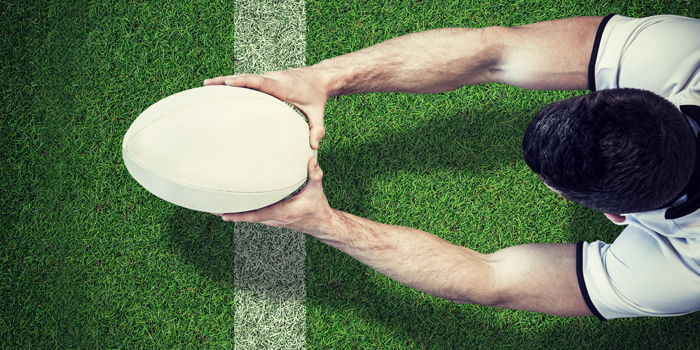
Dedicated to my parents for providing the environment growing up that allowed us to pursue our dreams, to all strength and conditioning coaches everywhere, keep fighting the good fight.
In November of 1978, almost 40 years ago, I started training at the Nautilus Fitness and Leisure Centre in Crows Nest, Sydney. Early in the following year, I was asked by the owner Tony Markham what I was doing for money whilst I was studying. I was working as a night packer at a local supermarket, but I thought the question was leading to him putting up my monthly dues. So I said I was not working, and he immediately asked if I wanted a job as an instructor, and so my professional life in this industry began.
RECENT: The Simplicity Project: Expanding to Two-a-Days for Strength and Size
APRE. By combining the ideas of DeLorme, Knight, and Verkoshansy, the APRE, brought back to life by Bryan Mann, shows us a system of excellence in the simplicity of programming for the areas of size, strength, and power training with the manipulation of rep ranges.
Bill Starr. You were the first author whose book I bought, at the 1980 Mr. Olympia in my hometown of Sydney, Australia, “The strongest shall survive,” no-nonsense easy-to-follow advice that has stood the test of time. The 5x5 system is seen around the world, so between you and Reg Park, there are no two better people to extol the virtues of simplicity and hard work to produce results.
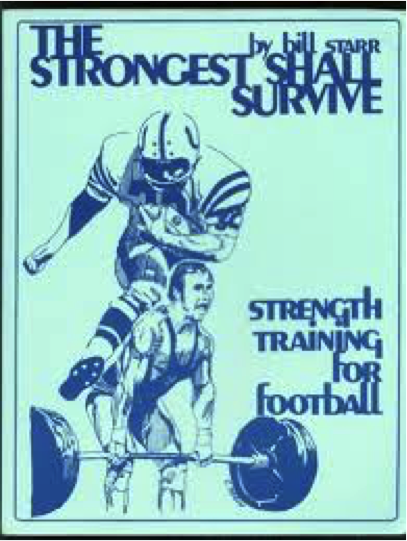
Conjugate or concurrent periodization of training. Popularized by Louie Simmons and the Westside crew, the conjugate method makes so much sense, especially in the context of strength and conditioning for team sports, where you are continually attempting to prioritize to optimize the training to individualize within the team environment, the Holy Grail of team sports conditioning.
Dinosaur training to strongman training and all alternate types of lifting from stones to truck tires that provide unique methods for training everyone from elite athletes to dealing with the physical demands of daily life. To the men who brought these ideas to the world, Brooks Kubik, Steve Justa, and Steve Jeck: we are all better off from you putting pen to paper.
Elitefts.com. The house that Dave built is an amazing collection of equipment, clothing, and no-nonsense advice every day of the year, and a personal honor every month I have an article published to share with the lifting and coaching community. Within this amazing business have been many people who have assisted me along the path: Mark Watts, Steve Colescott, and Sheena Leedham have been outstanding.
Fable. As the base of my conditioning philosophy for the rugby players that I train, for those who think there is no aerobic base time, think again: if you do not have legs, you do not have game:
Every morning in Africa, a gazelle wakes up. It knows it must run faster than the fastest lion or it will be killed. Every morning a lion wakes up. It knows it must outrun the slowest gazelle or it will starve to death. It doesn’t matter whether you are a lion or a gazelle: when the sun comes up, you’d better be running.
Garry Egger. Without him, there would be no fitness industry education in Australia. He brought the NSCA to Australia as its first satellite, and he was the man who gave me a start to teaching weight training and then helping out with the NSCA (Australasia), an incredible author and academic in his own right, he sees further than most and is a true legend of our industry.
Hypertrophy, simplicity, and hard work in the basics will build the size you require to play the sport you choose. For me, though, this element is massively overrated in the training of athletes. I prefer to approach training this way: Train for strength, and appropriate size will follow, not the other way around — unless you are grossly underweight for the position or sport you play, but it is an individualized and prioritized aspect of training — not necessarily a programmed step along the way.
Ironman magazine. Back when Peary & Mabel Rader were publishing, this was the first education I had in the art of training and pestered the local newsagent every month for when it was due in, so many wonderful writers whom I have tried to honor in my own writing as well as advice on all aspects of lifting and physical development.
Journal of Strength and Conditioning. The NSCA and this journal gave me my first experience of strength and conditioning when I first read a copy in 1980 when I first arrived at Teacher’s College embarking on a Diploma In Education (Physical Education), from then I knew I wanted to become a strength and conditioning coach. The NSCA and its members have been a constant presence in my development as a coach, the premier organization for anyone involved in strength and conditioning.
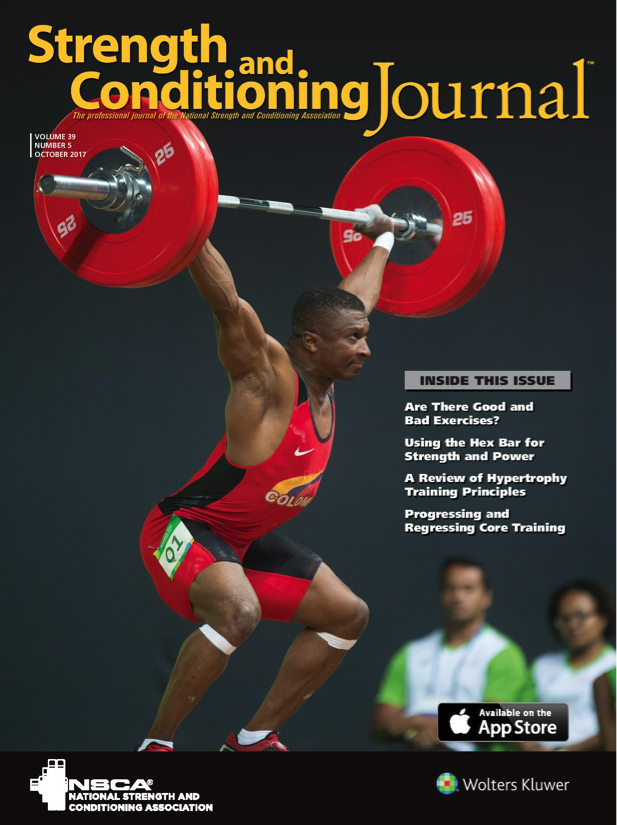
Keysie, Marc Keys. He was my former strength coach at Edinburgh Rugby, an excellent powerlifter, and a man who opened my eyes to another way to program strength athletes and rugby players. His attention to detail, technical proficiency, and the passion he brought each day enabled each player to achieve the best they could be each and every day, as Dave Tate would say, “Passion trumps everything.”
Lyn Jones and Harry Wardle. They ignited my passion for the physical training of athletes, they allowed me to watch training at the Australian Institute of Sport, spent endless hours chatting about what is needed and never tired of silly questions from a student, and taught me to love what you do and do it with passion. It is no coincidence that most successful people in any area of endeavor simply just love what they do. So no matter what your desired training is, commit to it with passionate resolve to make it happen. Set your goals and work towards success with a fire in your soul, love in your heart, and a smile on your face.
Meditation and Mindfulness. Being in the present, being able to clear the mind of distractions and stay focused, calming the negative thoughts that often pervade our consciousness, and allowing the concentration on the breath to be in the moment have allowed me to get through the stressful times and put more life into my living.
Nautilus. It’s where my career in this industry began: as an instructor at the Crows Nest Nautilus Fitness and Leisure Centre, when I was 17 years old. The philosophies of Arthur Jones drove me to pursue a degree in teaching so that I could apply the ideas to coaching. I return to his bulletins on a regular basis, which were so far ahead of his time. He polarized opinions, but whichever camp you sat in, he was guaranteed to make you think.
Outcomes. We are judged by as strength and conditioning coaches, but processes and principles we need to live and train our athletes by, as the success or failure of our teams on the weekends is how we are measured, but the processes that guide the way we train our athletes begins with why we do what we do, and when we understand the why, we can put the how and the what in place.
People along the way who have guided and influenced my life in this wonderful industry. The list would be amazingly long, as the famous words of Sir Isaac Newton state, “If I can see for miles, it is because I stand on the shoulders of giants.” Other than those already mentioned in this piece: Luke Borreginne, former Australian Weightlifting head coach; Bruce Walsh, the father of strength and conditioning in Australia; Boyd Epley, the man who started strength and conditioning in collegiate sports and the NSCA; Ian Jeffries, Fergus Connolly, Ian King, Charles Poliquin, Christian Thibadeau, Chad Waterbury, and Alwyn Cosgrove, who are all amazing practitioners and authors who bring the science and the art of training to a reality.
Quotations that guide me:
“It’s all about the buy-in you get from the players you have in the environment you help create.” -Damian Marsh
“The best ability is availability.” -Bryan Mann
“Getting stronger is all about maths and physics.” -Louie Simmons
“The strongest shall survive.” -Charles Darwin and Bill Starr
Recovery. It is the key to achieving your long-term training goals. The ability to train is governed by your ability to recover, sleep, and nutrition and hydration. Those are the big three, and any other modalities that have been uncovered through science will fall short if you do not have the Big Three in place first. Often less in regards to training ends up being more in the big scheme of things. I thank Simon Thomas for his work on the table below which sums up very nicely the elements of recovery as a personal choice of what works best for each individual.
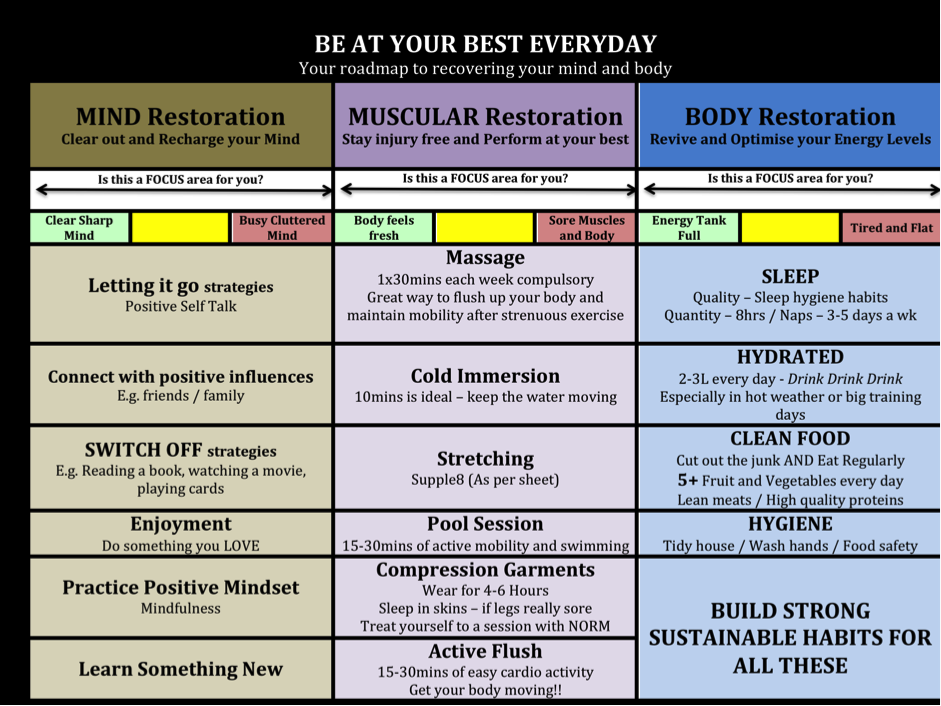
Squat poem:
Down this road, in a gym far away,
A young man was heard to say,
"No matter what I do, my legs won't grow."
He tried leg extensions, leg curls, and leg presses, too.
Trying to cheat, these sissy squats he'd do.
From the corner of the gym where the big men train,
Through a cloud of chalk and the midst of pain,
Where the noise is made with big Forty-Fives,
A deep voice bellowed as he wrapped his knees.
A very big man with legs like trees.
Laughing as he snatched another plate from the stack,
Chalking his hands and in a monstrous bark,
Said, "Boy, stop lying and don't stay you've forgotten,
The trouble with you is you ain't been
SQUATTIN'."
In the immortal words of Fred Hatfield: “‘Nuff said.”
Tier System, an athletic-based strength training method developed by Joe Kenn, is an overarching philosophy that training movements, not muscles, in a full body workout should employ a large variety of both explosive and non-explosive exercises “allowing each individual a chance to become the best football athlete he can be. Not a “lifter,” but a “football player.”
Under the bar. How many ideas I have had whilst spending time under the bar. I always keep a notebook nearby when I train, as many thoughts come into my head. Lifting to me has always been like a moving meditation: a sense of clarity develops through the course of a workout, my mind is cleared of distractions. I believe that all young coaches should spend more time under the bar; it is surprising to me that some trainers do not even lift themselves.
VBT, velocity-based training. Whether you choose to use a Gym Aware, Tendo Unit, or a Push band, or any of the other devices that are coming into the market place, the ability to gauge loads to use related to the speed which you require an athlete to move the bar has certainly been a game changer in programming of the various qualities of athletic strength and power. The works of Bryan Mann and Dan Baker have opened many coaches' eyes to the usefulness of this type of training.
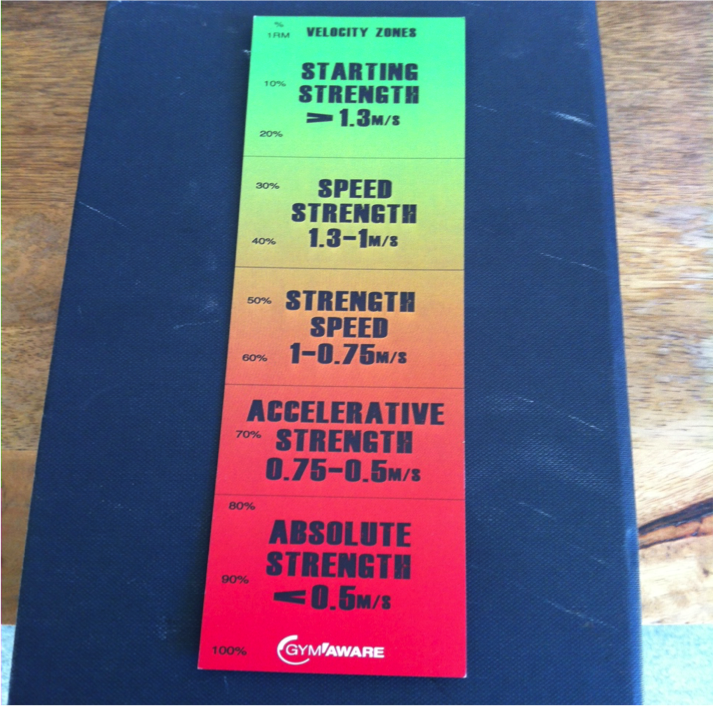
Westside: the proving ground of theories, for producing most of the strongest powerlifters, and for getting the rest of us to think outside the square, to question our beliefs, and to understand what works in getting anyone stronger. Louie Simmons, you and the lifters who prove week in and week out what works, need no introduction, but we owe you in no uncertain terms.
Xtraordinary. Every time we walk into a gym, we are leaving ordinary behind. We have broken away from the regression to the mean mentality that is leaving others physically and mentally destitute after all when all is said and done who wants to be ordinary anyway. There is a great poster with the slogan, “Obsessive is a word the weak use to describe the dedicated.” That and the Squat poem should adorn the walls of all weight rooms around the universe.
You choose your mental state, and your mental state will dictate how you see life, “whether you think you can you think you can’t, you will probably be correct,” and as Helen Keller said, “Life is a glorious adventure or nothing.” Will you accept the nothing? Training is a part of this glorious adventure; it shouldn’t be a chore, so enjoy the journey with passion igniting your spirit of adventure.
Zen philosophy, I believe, is a part of lifting, as you have to develop a living-in-the-moment of full concentration for that moment when you and the bar are connected as one. For me, the art of lifting is a moving meditation that is entwined with the philosophies of the martial arts, a perfection of technique, as Bruce Lee has been quoted as saying, “I fear not that man who has practiced 1,000 techniques, but the man who has practiced one technique a thousand times.”











I love the different perspectives on S&C from different sports and cultures.
Thanks again!